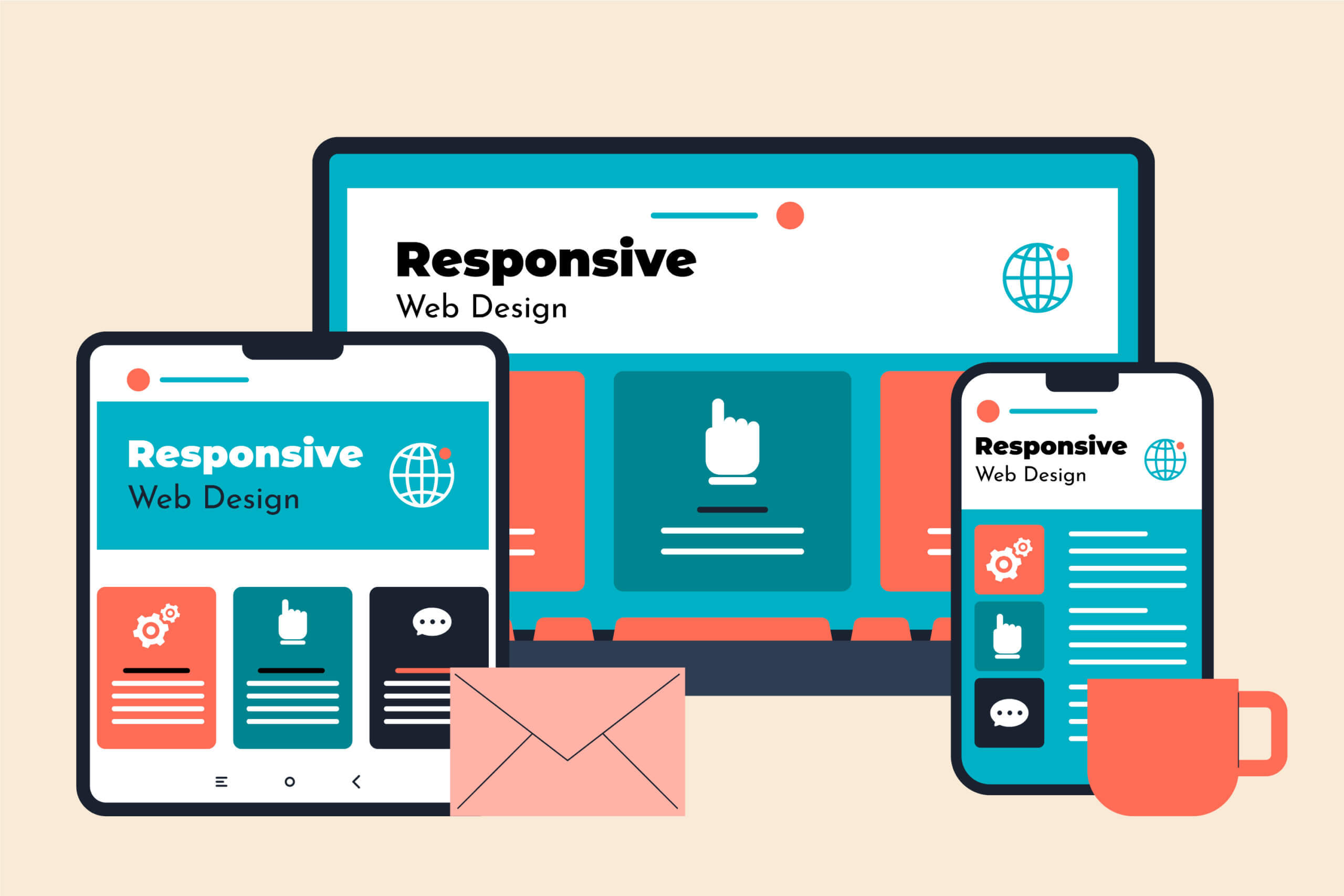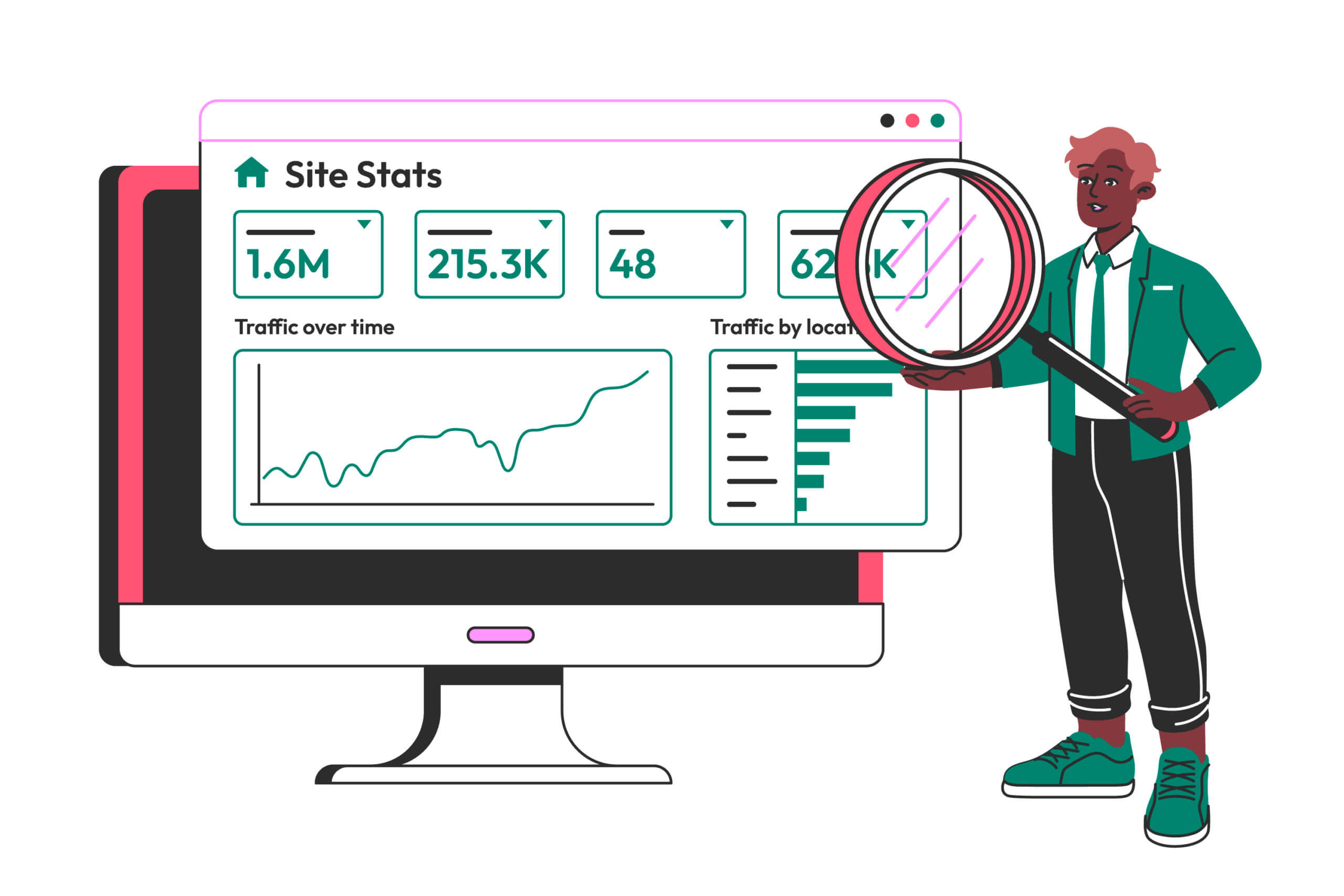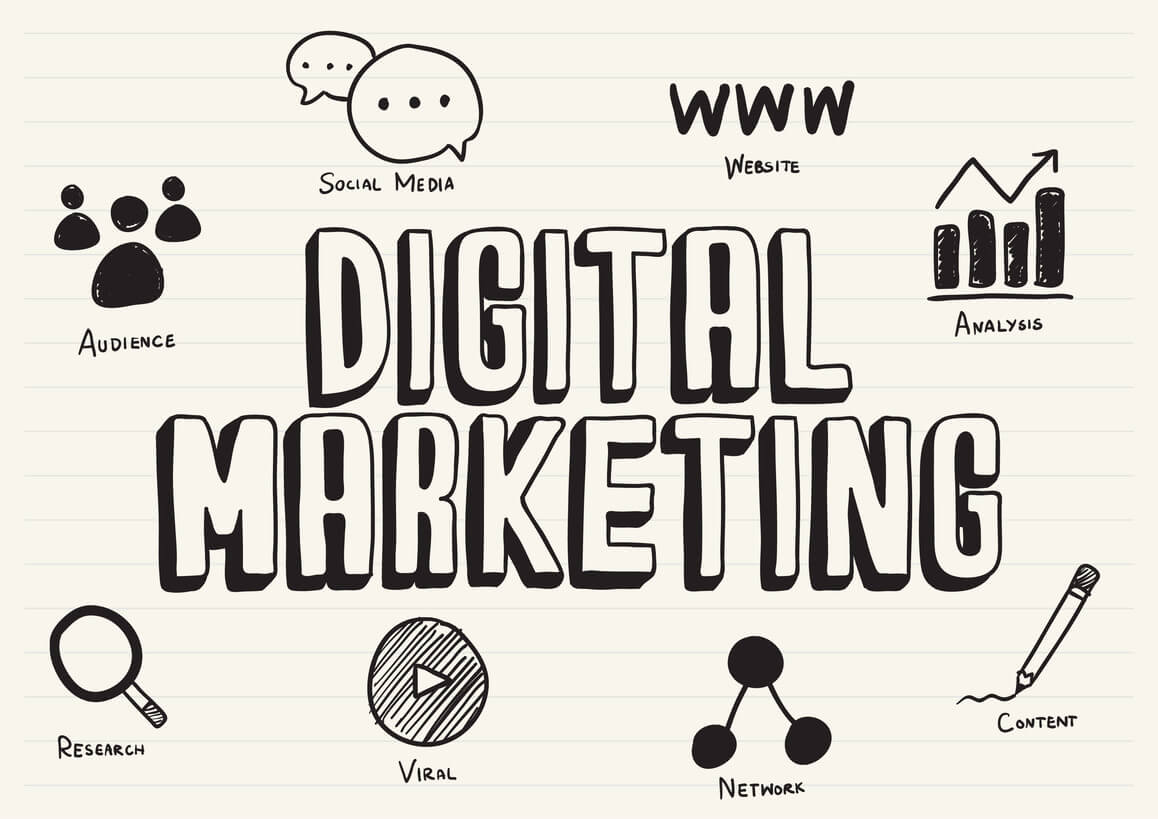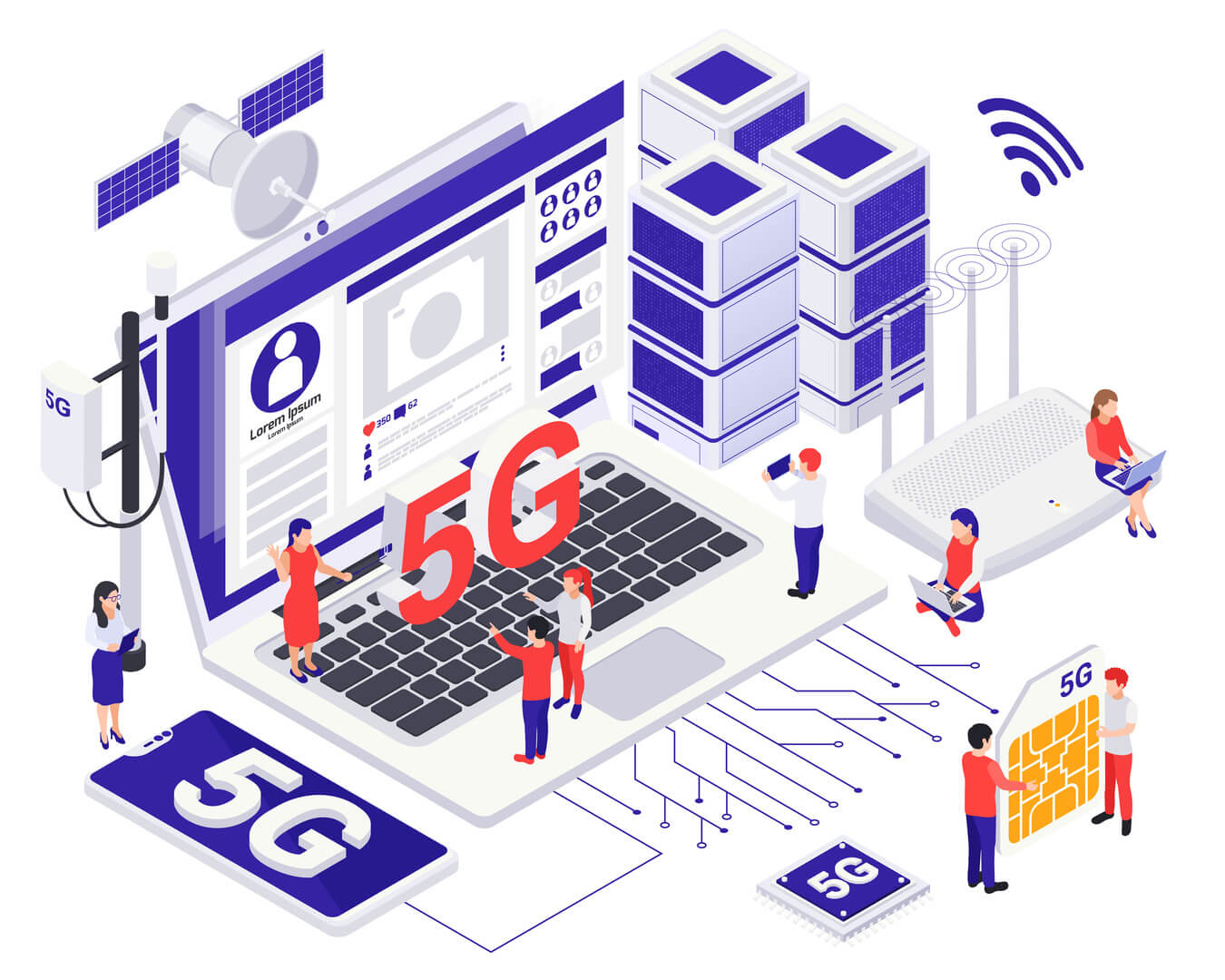
In today’s fast-paced digital world, mobile devices have become an integral part of people’s lives. Mobile marketing is a powerful strategy that allows businesses to connect with their target audience anytime, anywhere. With the majority of internet users accessing content on mobile devices, it’s crucial to optimize your marketing efforts for mobile platforms. In this blog post, we will explore the significance of mobile marketing and provide effective strategies to reach and engage your audience on the go.
Responsive and Mobile-Friendly Website Design
Ensure your website is responsive and mobile-friendly. Optimize the design and layout to provide a seamless browsing experience across various screen sizes. Consider mobile-specific features like click-to-call buttons, easy navigation, and fast loading times to enhance user experience on mobile devices.
Mobile-Optimized Email Campaigns
Design your email campaigns with mobile users in mind. Keep the content concise and visually appealing, with a clear call-to-action (CTA) that is easily clickable on mobile screens. Test your emails across different devices and email clients to ensure they display correctly.
Location-Based Targeting
Leverage location-based targeting to deliver personalized and relevant content to users based on their geographic location. Use geofencing, beacon technology, or GPS data to reach users with location-specific offers, promotions, or local events.
SMS and Mobile Messaging
Incorporate SMS (Short Message Service) and mobile messaging into your marketing strategy. Send targeted and personalized messages to your audience, such as exclusive offers, reminders, or updates. Keep messages concise and relevant, and provide an opt-out option for users who no longer wish to receive communications.
Mobile Apps and Push Notifications
Develop a mobile app for your business to provide a dedicated platform for users to engage with your brand. Utilize push notifications to send timely and personalized messages to app users. Offer incentives or exclusive content to encourage app downloads and user engagement.
Mobile Advertising
Harness the power of mobile advertising to reach your target audience. Utilize platforms like Google Ads, social media advertising, and mobile ad networks to display ads optimized for mobile screens. Implement strategies such as native ads, mobile banners, or video ads to capture users’ attention.
Social Media Optimization for Mobile
Optimize your social media presence for mobile users. Create mobile-friendly content, use visually appealing images and videos, and ensure your posts are easily readable on smaller screens. Utilize mobile-specific features like Instagram Stories or Facebook Live to engage your audience in real-time.
Mobile Payment Solutions
Streamline the payment process for mobile users by implementing mobile payment solutions. Enable secure and convenient options like mobile wallets or in-app purchases to enhance the user experience and facilitate seamless transactions.
Mobile Analytics and Optimization
Regularly analyze mobile-specific data to gain insights into user behavior, engagement, and conversion rates. Use analytics tools to track mobile traffic, bounce rates, and conversion funnels. Optimize your mobile marketing efforts based on data-driven insights to improve user experience and drive better results.
Conclusion
Mobile marketing is a vital component of a successful digital marketing strategy. By optimizing your website for mobile, designing mobile-friendly email campaigns, utilizing location-based targeting, and leveraging mobile apps, advertising, and social media, you can effectively reach and engage your audience on the go. Embrace mobile technologies, stay up-to-date with mobile trends, and continuously optimize your mobile marketing efforts to stay ahead in today’s mobile-centric world.

















